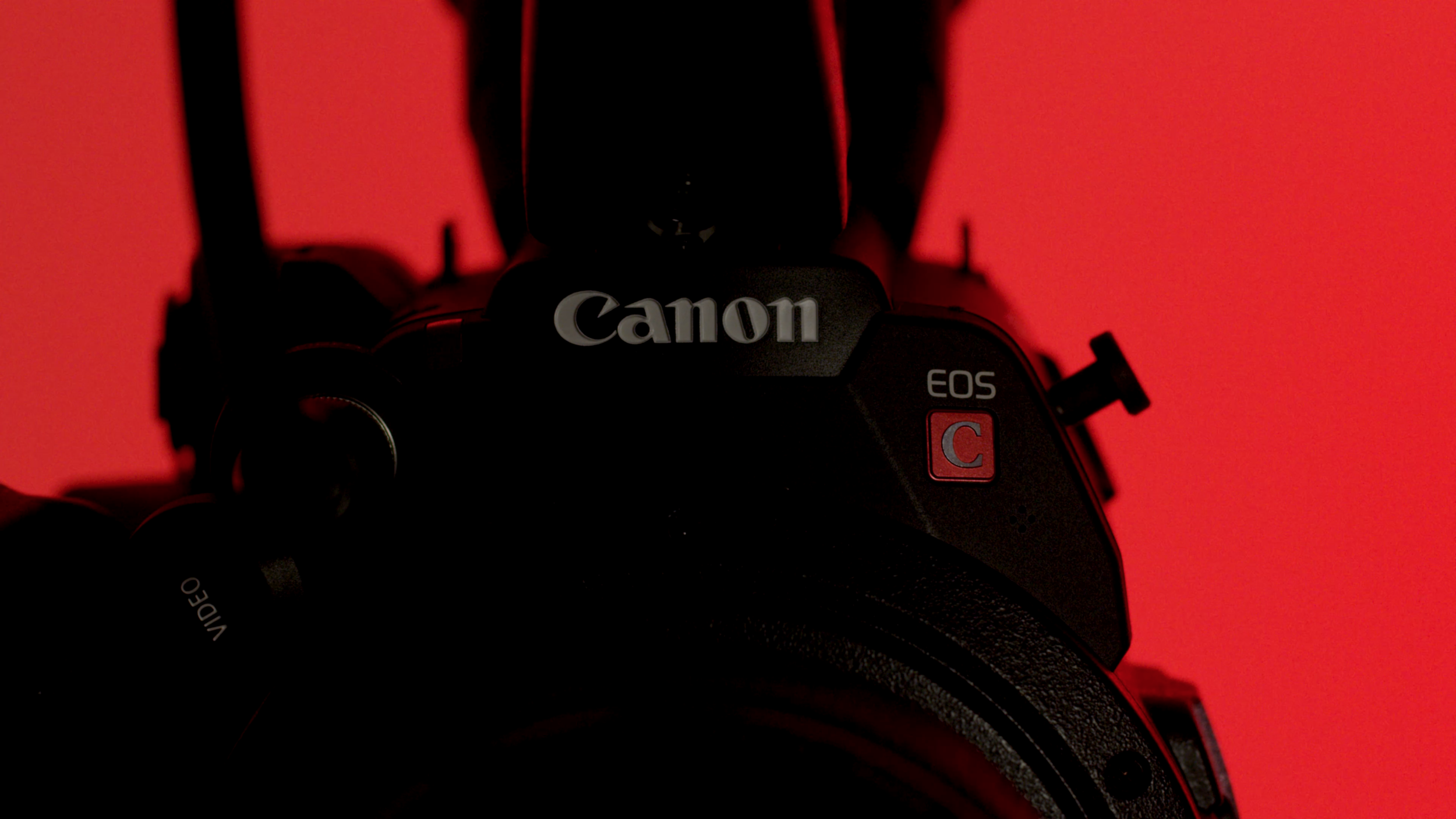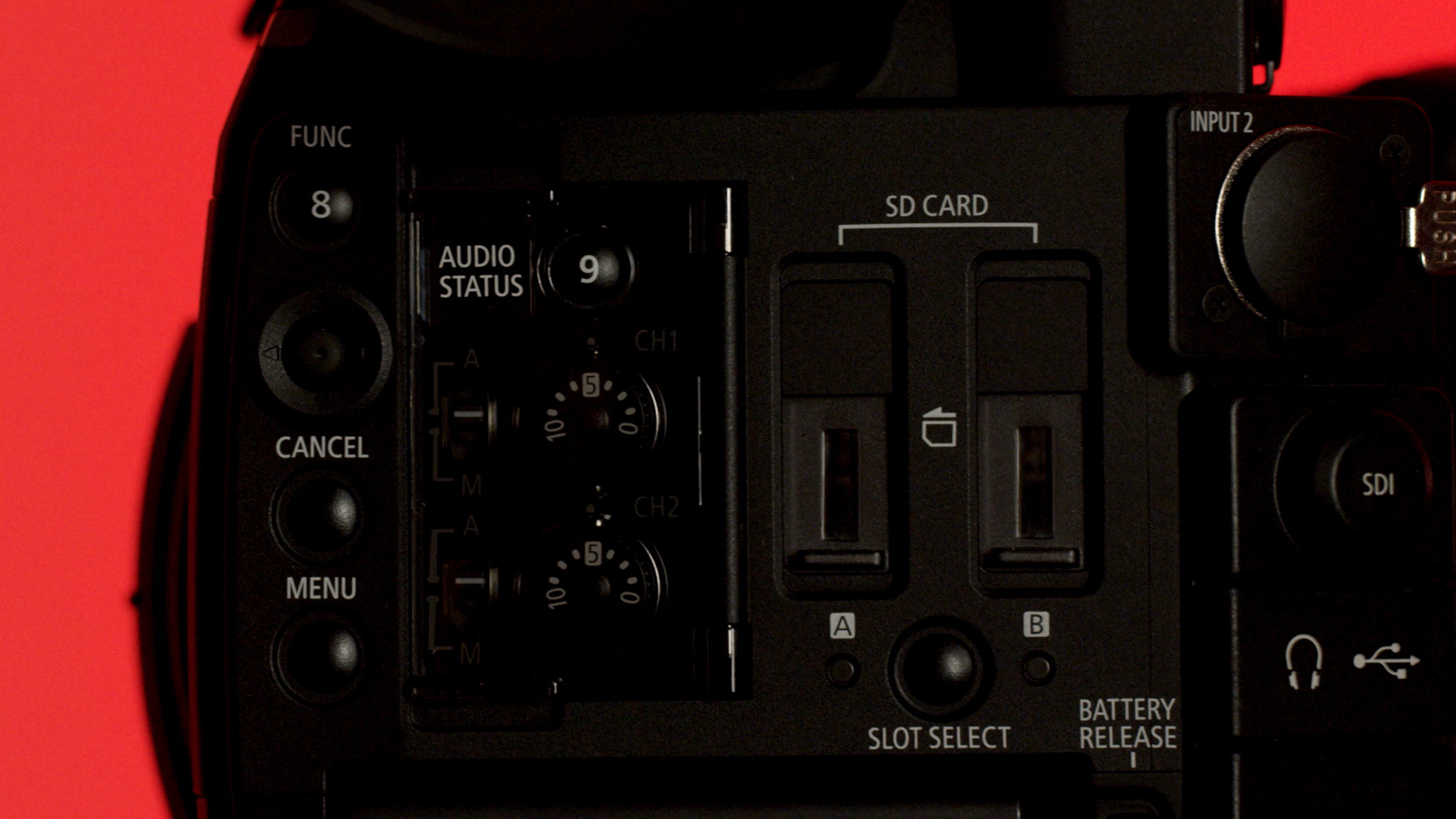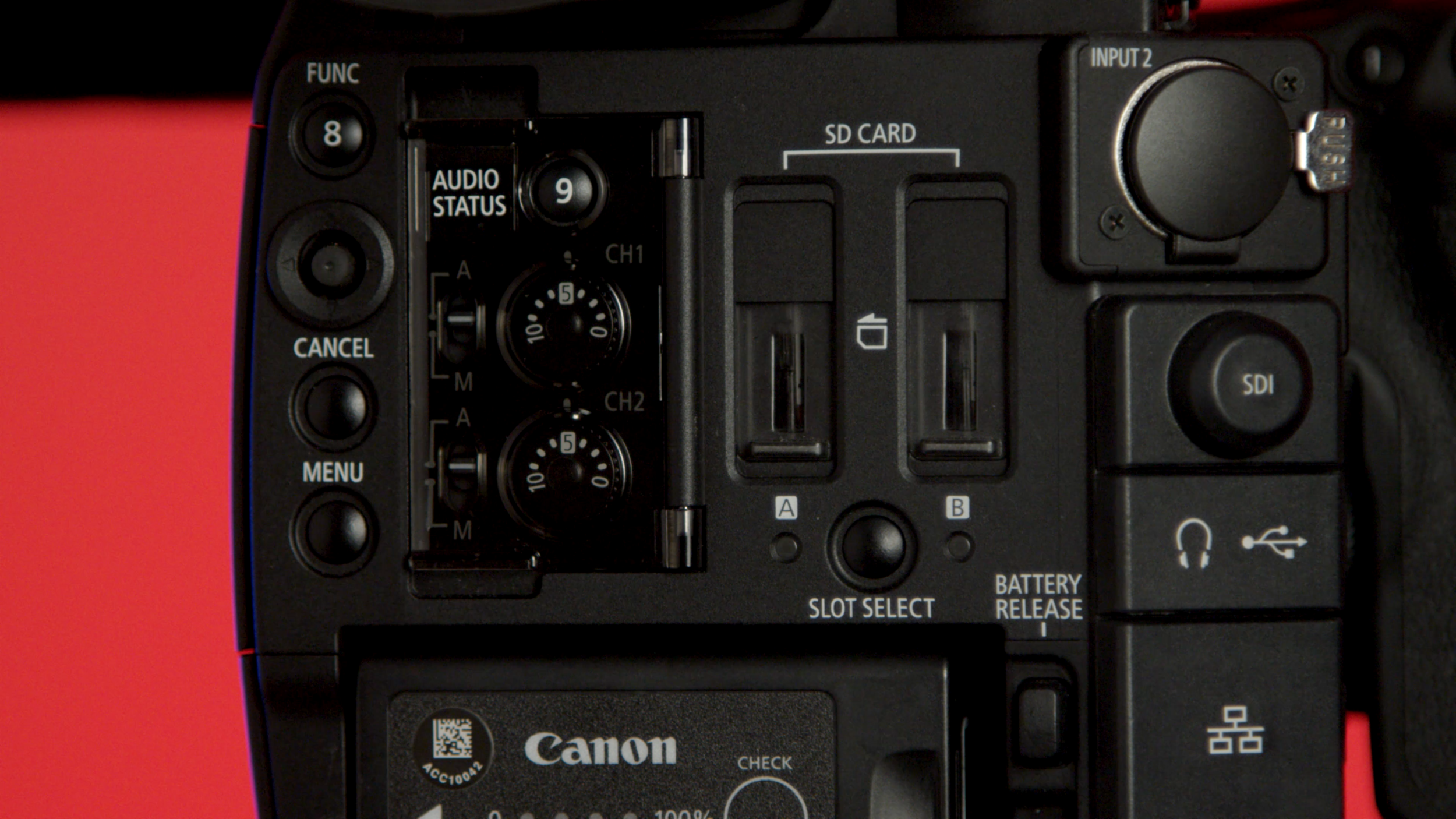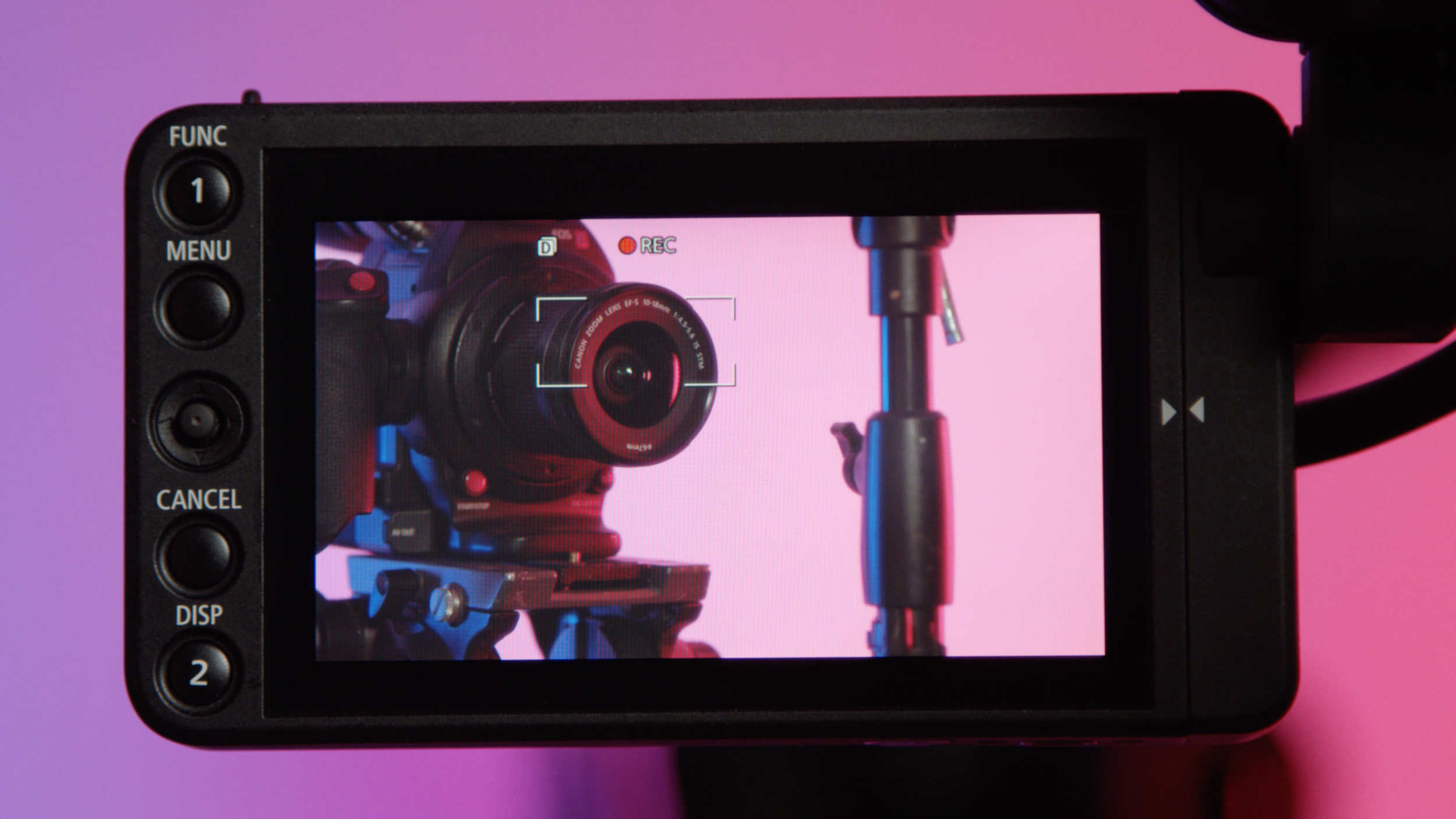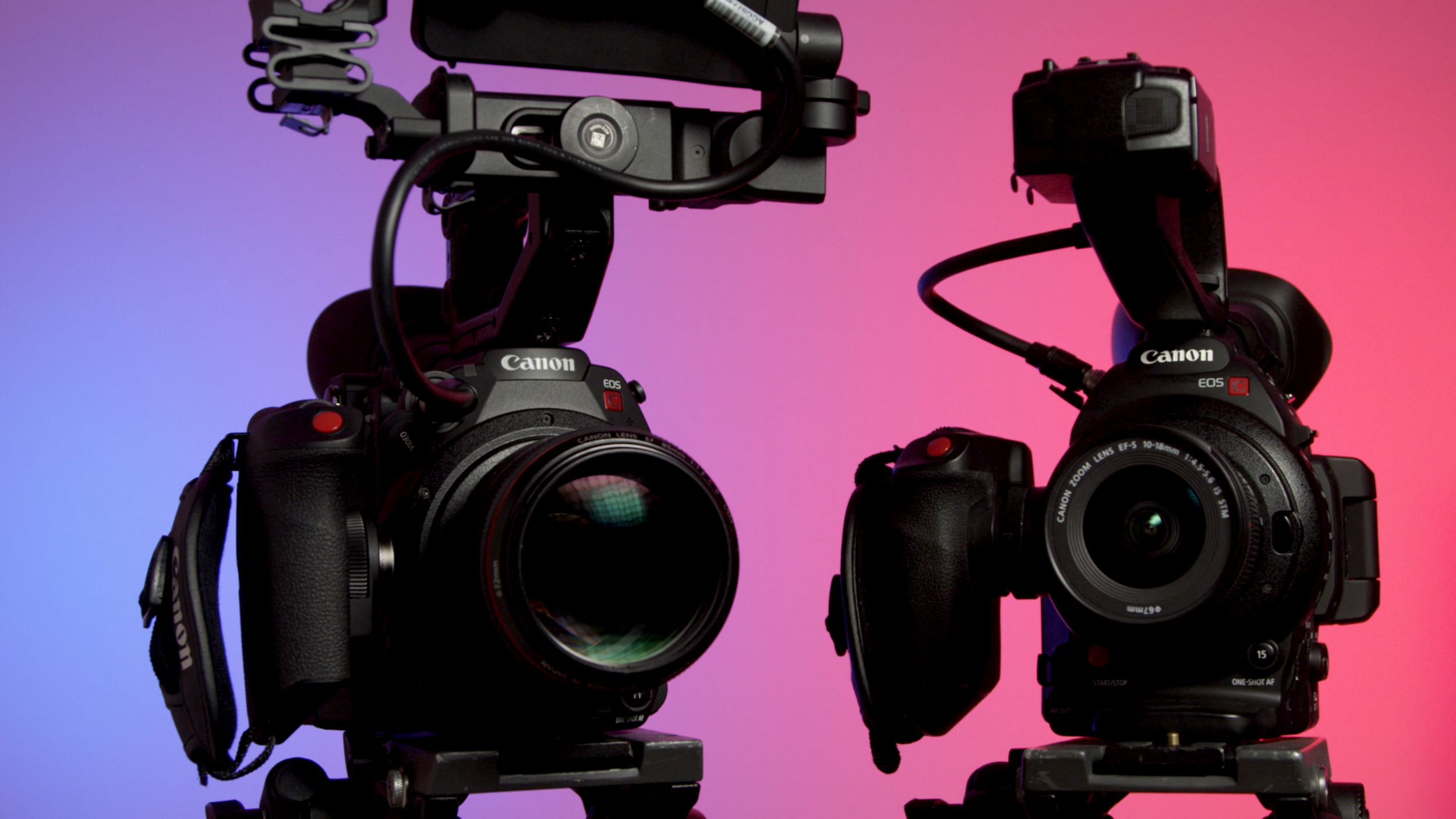Canon C200 Review — From a C100 II & RED Owner's Perspective
Having owned a Canon C100 Mark II for three years and having just bought a RED Scarlett-W, the Canon C200 is an interesting cinema camera that fits in right between the two.
Shooting beautiful 4K/UHD footage, having the best touch screen autofocus features on the market, and the ability to shoot RAW video all make the C200 an amazing upgrade for anyone used to filming on a DSLR like a 5D or has been using a C100 for years.
Where it gets tricky is all the competition you have to compare it to at a price of $7,500 and the enticing options just beyond that budget range.
In this video review I breakdown the pro's and con's of Canon's latest cinema camera, share who it is best for, and what I might recommend instead.
Pro's
I rented this C200 with my own money from Lens Pro To Go to do this review and to know what I was missing by choosing not to upgrade my two C100 II's.
Let's get started with what I like about this camera.
- The touch screen auto-focus with modes like face tracking AF, object tracking, and more really go a long way to making this camera a great run and gun option. To use it without making the camera move and make your image shake, just use a very light touch.
- The 4K image is beautiful, even the 8-bit .mp4 files.
- Can film in Wide DR, Canon Log, or Canon Log 3.
- XLR inputs are built-in to the body now, not the top handle. And if you also use the microphone input, you can have 4 channels of audio recorded.
- The LCD screen is much more adjustable than on a C100 II.
- Canon continues its forray into RAW video from the $28,000 C700, with Cinema RAW Light. The C200 records up to true 4K (17:9) to a CFast 2.0 cards, with up to a claimed 15 stops of Dynamic Range (two more stops than the compressed .mp4 format). When you film in RAW Light, in post-production you can change the white balance kelvin, brightness, white balance shift (tint), sharpness, color space, and gamma settings of your video files. These files are in either 10-bit for 60P or 12-bit for 23.98p or 29.97p.
- Slow motion UHD at 60P and 120P in 1080p HD, neither of which crop the camera's sensor.
- The microphone holder actually properly fits my RODE NTG-3 now.
- Both the top handle and the side handle are better than on the C100. The top handle attaches by two screws, so it doesn't wiggle like on the C100. The side handle uses an Arri-style rosette, making it easier to use detached with a third party shoulder mount system for example.
- ISO usable up to about 32,000 I'd say, although it does go up to 102,400.
- In extended mode, you can get up to 10 Stops of Neutral Density Filters and they are digital buttons on the C200, unlike the physical dial on the C100.
Con's
Now, let's talk about what I don't like about this camera.
- Can only film in a 4:2:0 8-bit color sampling rate to the SD Card. (Panasonic's EVA-1 and even the GH5 can record 10-bit 4:2:2 to SD cards.)
- Can't edit the RAW Light in Premiere or Final Cut Pro X (yet). You can edit it using Da Vinci Resolve or AVID Media Composer right now, but if you want to use it in another program, you'll need to use Canon's "Cinema Raw Development" program, which looks like a poor man's RED Cine-X, and export it from there. Which adds more time AND takes up even more hard drive space.
- RAW Light eats up data. To quote CanonUSA from a comment on their own YouTube video: "a 64GB CFast card will give you roughly five minutes of 23.98p footage before needing to swap". The 256 GB card I rented alongside the camera from LensProToGo retails for $675 and that will get you only 20 minutes. Compare that to filming on another RAW camera like my RED Scarlett-W in 4K at a standard compression rate of 8:1 and you can get over an hour and a half on a 240gb Mini-Mag. So if you think you're going to be filming a lot of RAW Light with this camera, do some calculations on how many CFast 2.0 memory cards you're going to need to buy to do so.
- Can only record RAW internally, not externally.
- Can't record 4K to one SD card and Proxy to another. On the C100 II you could record HD to one SD card and a lower quality proxy to the other SD card. You can only records proxy's to the SD card while recording in RAW Light.
- Can only film to .MP4 at camera launch. Not XF-AVC. On the C100 II, I always record in AVCHD to a .mts file because from my experience, the footage is higher quality than .mp4.
- Loses the built-in mics on the top handle of the C100 II, that actually aren't that bad for back-up or scratch audio. There is still a small scratch track microphone on the camera body though.
- Can't output from both the HDMI and SDI ports at the same time. And the SDI output is only HD, not UHD or 4K. (EVA-1 can do 4K output from both.)
- Autofocus doesnt work at all in 120p slow motion mode. Sound doesn’t record in slow motion either.
Recommendations
So, who is this camera for?
If you film a lot of documentary style projects (events, weddings, short films, etc.) this is an amazing camera for that. If you're a one man band, pro YouTuber, or run a video production company that would use features like touch screen autofocus, face tracking, and have a lot of EF or EF-S lenses, you can't go wrong with this camera.
But, who is this camera not for?
Until RAW Light works directly in Premiere or FCP X, I can't recommend this camera to a higher-end filmmaker. Also, broadcasters that need 10-bit video will have to use RAW Light to get the bit-rate you need. The .mp4 files recorded to the SD cards are only 8-bit 4:2:0.
Competition
If you're looking to buy a Canon C200, you really need to take a look at the other options out there in the same price range.
If you don't need 4K, get a C100 Mark II.
If you need to have 10-bit broadcast ready footage, get a C300 Mark II.
If you want better RAW workflow, get a RED. (Where you can change ISO also.)
If you only need this camera for gimbal work, get the C200B and save yourself $1,500 USD. You'll need to be using an external monitor to see what you're filming though.
Conclusion
I think anyone that buys a Canon C200 and commits to learning it and using it for all their projects will love it. I came to love my C100 II's and wouldn't chose a different 1080p camera looking back at it.
If I hadn't have already pre-ordered a RED Scarlett-W before this was announced, I may have stuck with Canon and added a C200 next to my two C100's.
For now, I'm going to keep making due without upgrading my B & C cams to 4K though.
Reference Links
- Check today's price at B&H
- From Dock to Dish - Canon EOS C200 - YouTube
- Behind the Scenes of From Dock to Dish - Canon EOS C200 - YouTube
- Download C200 LUTs & Canon RAW Development Program
- Canon DLC: Article: Production Brief with the EOS C200
- Canon DLC: Article: Post-Production Brief with the EOS C200
- Rent a C200 from LensProToGo






